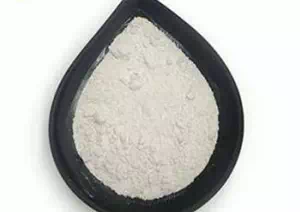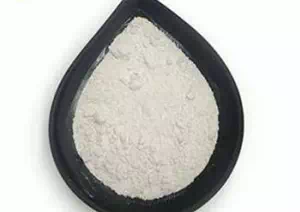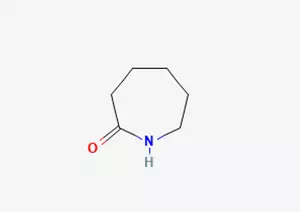All Categories



Caprolactam CAS 105-60-2, Caprolactam, CAS 105-60-2
Caprolactam (CAS 105-60-2) is a core raw material in the nylon industry, and its characteristics include:Versatility: Covering high-demand fields such as textiles, engineering plastics, and pharmaceuticals;
CAS : 105-60-2
Formula : C6H11NO
Mol. wt. : 113.16
EINECS : 203-313-2
| CAS | 105-60-2 |
| Molecular formula | C6H11NO |
| Molecular weight | 113.16 |
| EIENCS | 203-313-2 |
| Form | Crystals or Flakes |
| Melting point | 68-71 °C(lit.) |
| boling point | 136-138 °C10 mm Hg(lit.) |
| Density | 1.01 |
| Solubility | H2O: 0.1 g/mL, clear, colorless |
| PKA | 16.61±0.20(Predicted) |
| Color | White |
| Storage temp |
Caprolactam (CAS 105-60-2) is a core raw material in the nylon industry, and its characteristics include:
Versatility: Covering high-demand fields such as textiles, engineering plastics, and pharmaceuticals;
Low toxicity but requires protection: Strictly avoid skin contact and dust inhalation;
The market continues to expand: China leads the world in production capacity, and green technologies drive sustainable development.
Storage and Transportation
Storage conditions: Cool and well-ventilated (≤40℃), away from light and moisture, and kept away from oxidants/acids and alkalis.
Transportation regulations: Non-hazardous, but must be fireproof and anti-static (UN unnumbered).
Production of polyamide (nylon 6) (accounting for over 90%)
Fibers and Textiles: Nylon 6 fibers are used in clothing, tire cord, fishing nets, etc.
Engineering plastics: Manufacturing high-strength wear-resistant parts such as gears, bearings, and electronic components;
Films and packaging: Food preservation films, industrial packaging materials.
Medicine and Pesticides
Pharmaceutical intermediates: Synthetic antibiotics (such as penicillin), painkillers;
Pesticide raw materials: For the production of insecticides (such as imidacloprid) and herbicides.
Special materials
Cast nylon (MC nylon) : Large mechanical components (such as bushings, gaskets);
Biodegradable plastics: Environmentally friendly packaging materials (bio-based applications).
Health risk
Toxicity grade: Low toxicity (oral LD₅₀ in rats: 1210 mg/kg), but long-term exposure can cause neurasthenia, nosebleeds and dermatitis.
Irritation: Corrosive to the skin, eyes and respiratory tract, may cause allergies (R36/37/38).
Protective measures:
Dust masks, corrosion-resistant gloves and goggles should be worn during operation.
Avoid inhaling dust and ensure forced ventilation in the workplace.
Environmental risk
Highly toxic to aquatic organisms (R50). Discharge into water bodies is prohibited.
Carcinogenicity
The World Health Organization (IARC) has classified it as a Group 4 carcinogen (with little carcinogenicity to humans).
* Prompt reply and 24 hours online, professional team to provide best price and high quality product.
* Sample testing support.
* Every batch of products will be tested to ensureits quality.
*The packing also can be according the customers` requirment.
*Any inquiries will be replied within 24 hours.
*we provide Commerical Invoice, Packing List, Bill of loading, COA , Health certificate and Origin certificate. If your markets have any special requirements, let us know.